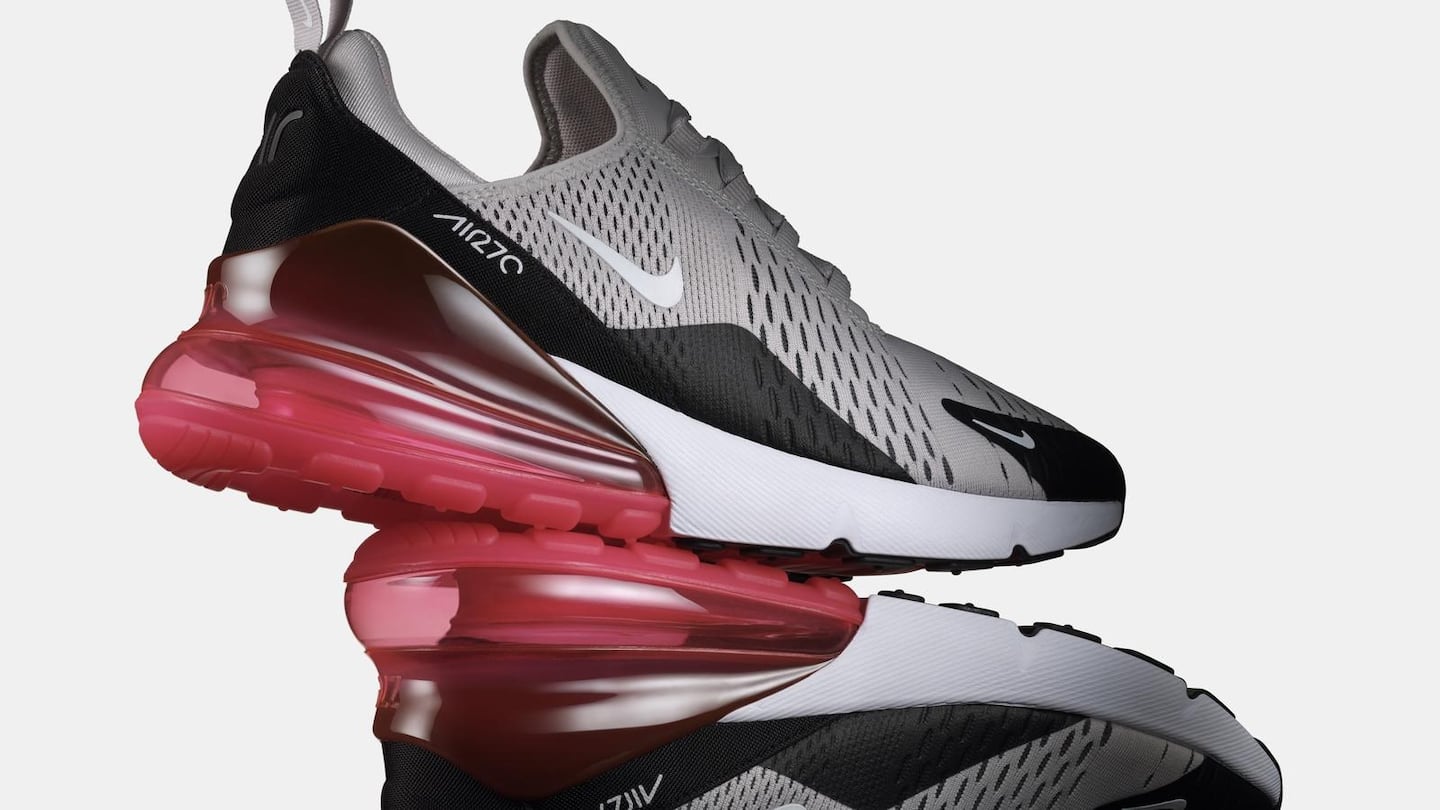
The Business of Fashion
Agenda-setting intelligence, analysis and advice for the global fashion community.

Agenda-setting intelligence, analysis and advice for the global fashion community.

BEAVERTON, United States — Nike Inc. has increased the pressure on Skechers USA Inc., filing another lawsuit accusing its rival of building its business by copying patented shoe features. In the latest patent-infringement lawsuit, filed Monday in federal court in Los Angeles, Nike claims Skechers' Skech-Air Jumpin' Dots and Mega shoes are using the air and footwear cushioning inventions developed by the Beaverton, Oregon-based company.
“Instead of innovating its own designs and technologies, Skechers’ business strategy includes copying its competitors’ designs and using innovative technologies developed by others to gain market share” Nike said in the complaint.
This is the fourth lawsuit Nike has filed against Skechers, including one that accused Skechers of copying the iconic Chuck Taylor shoes that’s been simmering for five years.
Separately, a US International Trade Commission judge earlier this month found that Skechers wasn’t infringing Nike trademarks; the case now heads to the full commission for a final decision. A 2017 lawsuit Nike filed over patented designs for its Flyknit is pending in Oregon.
ADVERTISEMENT
In a lawsuit filed September 30, Nike claimed that Skechers was copying patented features of its VaporMax and Air Max 270 designs. Skechers responded by posting a full-page ad in the New York Times and Twitter that called Nike a "bully" and said the company was using "its vast resources to stifle competition in the courtroom rather than compete in the marketplace."
The case is Nike Inc. v Skechers USA Inc., 19-9230, U.S. District Court for the Central District of California (Los Angeles).
By Susan Decker; editor: Jon Morgan.
A profitable, multi-trillion dollar fashion industry populated with brands that generate minimal economic and environmental waste is within our reach, argues Lawrence Lenihan.
RFID technology has made self-checkout far more efficient than traditional scanning kiosks at retailers like Zara and Uniqlo, but the industry at large hesitates to fully embrace the innovation over concerns of theft and customer engagement.
The company has continued to struggle with growing “at scale” and issued a warning in February that revenue may not start increasing again until the fourth quarter.
The British musician will collaborate with the Swiss brand on a collection of training apparel, and will serve as the face of their first collection to be released in August.